Dances in Costa Rica: Unveiling the National and Regional Dances of Costa Rica
Introduction:
Nestled between the Pacific Ocean and the Caribbean Sea, Costa Rica is a jewel of Central America, celebrated for its rich biodiversity, stunning landscapes, and vibrant culture. The nation’s dances, both national and regional, mirror the diversity of its people and the synthesis of indigenous, European, and African influences. From the lively beats of the Punto Guanacasteco to the ceremonial grace of the Boruca Danza de los Diablitos, Costa Rica’s dances embody the essence of “Pura Vida” — the pure life. This exploration aims to unravel the intricacies of Costa Rica’s national and regional dances, exploring their origins, characteristics, and cultural significance.
I. National Dances:
1.1 Punto Guanacasteco: Spirited Folklore from the Guanacaste Region
The Punto Guanacasteco, often considered the national dance of Costa Rica, hails from the northwestern province of Guanacaste. This spirited dance is a celebration of Costa Rican folklore, marked by lively footwork, colorful costumes, and a sense of camaraderie. Dancers, adorned in traditional Guanacastecan attire, showcase the region’s cultural identity through intricate choreography that pays homage to the traditions of rural life.
1.2 Tambito: Afro-Costa Rican Rhythms
Tambito, rooted in the Afro-Costa Rican community, is a dance that reverberates with the rhythms of African heritage. Characterized by syncopated footwork and dynamic movements, Tambito is often accompanied by traditional instruments like drums and marimbas. This dance celebrates the Afro-Costa Rican legacy, offering a vibrant expression of cultural diversity within Costa Rica.
II. Regional Dances:
2.1 Boruca Danza de los Diablitos: Ceremonial Resistance in Puntarenas
The Boruca Danza de los Diablitos, originating in the indigenous community of Boruca in Puntarenas, is a ceremonial dance that narrates the indigenous resistance against Spanish colonization. Dancers, donned in elaborate masks representing devils, engage in a symbolic battle with other characters symbolizing the Spanish colonizers. This dance is a powerful representation of cultural preservation and resistance, embodying the spirit of the Boruca people.
2.2 Cimarrona: Celebrating Liberation in Limón
Cimarrona, prevalent in the Afro-Caribbean province of Limón, is a celebratory dance that commemorates the abolition of slavery in Costa Rica. Dancers, clad in vibrant costumes, move to the infectious beats of drums and other percussion instruments. Cimarrona is a testament to the resilience and cultural contributions of the Afro-Caribbean community in Costa Rica, marking a historic moment of liberation.
2.3 Zapateado: Spanish Heritage in San José
Zapateado, with its roots in Spanish folk dance, is a dance form that has found a home in the capital city, San José. Characterized by rhythmic foot stomping, clapping, and castanet accompaniment, Zapateado reflects the enduring influence of Spanish heritage in Costa Rican culture. The dance has evolved over time, incorporating local nuances while maintaining its connection to traditional Spanish dance.
2.4 Punto Costarricense: Celebrating Rural Life in Cartago
Punto Costarricense, originating in the central province of Cartago, is a dance that celebrates rural life and agricultural traditions. Dancers often portray scenes from daily life, imitating activities like planting, harvesting, and celebrating communal events. This dance is a visual representation of the close connection between Costa Ricans and their agrarian heritage.
2.5 Baile de los Huelos: Celebrating Independence in Alajuela
Baile de los Huelos, associated with the province of Alajuela, is a dance that commemorates Costa Rica’s independence from Spanish rule. Dancers, clad in white and blue costumes reminiscent of the national flag, perform choreographed movements that capture the spirit of liberation and patriotism. The dance is often a focal point of Independence Day celebrations in Costa Rica.
III. Characteristics of Costa Rican Dances:
3.1 Cultural Diversity: Tapestry of Influences
Costa Rican dances are characterized by a vibrant tapestry of cultural influences, reflecting the nation’s diverse population and historical interactions. From the Spanish-inspired Zapateado to the Afro-Caribbean rhythms of Cimarrona and the indigenous traditions of Boruca Danza de los Diablitos, each dance form contributes to the mosaic of Costa Rica’s cultural identity.
3.2 Symbolic Narratives: Stories in Motion
Many Costa Rican dances feature symbolic narratives that convey stories, histories, and cultural significance. The Boruca Danza de los Diablitos, with its symbolic battle against colonization, and Punto Costarricense, depicting rural life, showcase how dance becomes a medium for storytelling and cultural expression in Costa Rica.
3.3 Colorful Attire: Visual Expressions of Identity
Traditional attire plays a crucial role in Costa Rican dances, contributing to the visual splendor of each performance. The vibrant costumes of the Punto Guanacasteco, the symbolic masks in Boruca Danza de los Diablitos, and the patriotic colors in Baile de los Huelos all add to the visual richness, reflecting the cultural nuances of different regions in Costa Rica.
3.4 Communal Participation: Shared Celebrations
Many Costa Rican dances involve communal participation, fostering a sense of shared celebration and identity within communities. Whether in the spirited festivities of Punto Guanacasteco, the symbolic ceremonies of Boruca Danza de los Diablitos, or the patriotic fervor of Baile de los Huelos, these dances strengthen the bonds within communities, making them integral to Costa Rican social and cultural life.
3.5 Musical Diversity: Melodies that Echo Through Time
The diversity of traditional instruments and musical styles is a distinctive feature of Costa Rican dances. From the drumming and marimbas in Tambito to the castanets and clapping in Zapateado, the dances showcase the rich musical heritage that accompanies the rhythmic narratives of Costa Rica.
IV. Influences and Evolution:
4.1 Indigenous Resilience: Preserving Ancestral Traditions
Costa Rican dances, such as Boruca Danza de los Diablitos, serve as a means of preserving ancestral knowledge and cultural practices. The resilience of indigenous communities is evident in the enduring influence of dances that have been passed down through generations, connecting contemporary Costa Ricans with their ancestral roots.
4.2 Afro-Caribbean Legacy: Celebrating Diversity
Dances like Cimarrona celebrate the Afro-Caribbean legacy in Costa Rica, showcasing the resilience and creativity of Afro-Costa Rican communities and their unique cultural expressions. These dances have evolved into vibrant representations of the diversity within Costa Rica.
4.3 Spanish Heritage: Bridging Old and New
Costa Rican dances rooted in Spanish heritage, such as Zapateado, bridge the old and the new, showcasing the enduring influence of European traditions. While maintaining a connection to the past, these dances continue to evolve, incorporating local flavors and ensuring their relevance in contemporary Costa Rican culture.
4.4 Contemporary Adaptations: Innovation in Dance
While deeply rooted in tradition, Costa Rican dances continue to evolve with contemporary influences. The incorporation of modern dance elements, innovative choreography, and the exploration of diverse musical genres contribute to the ongoing innovation within Costa Rican dance culture, ensuring its continued relevance for new generations.
V. Conclusion:
Costa Rica’s national and regional dances weave a rich tapestry that reflects the country’s cultural diversity, historical depth, and regional nuances. From the lively beats of the Punto Guanacasteco to the symbolic narratives of the Boruca Danza de los Diablitos, each dance encapsulates a unique facet of Costa Rica’s identity.
As Costa Rica continues to evolve, its dances adapt to changing times while holding steadfast to the roots embedded in centuries-old traditions. The dance traditions of Costa Rica are a testament to the resilience of its indigenous, European, and African influences, inviting people to explore the stories, rhythms, and cultural expressions that define the nation. Through each movement, melody, and celebration, the dances endure as living expressions of a rich and diverse cultural legacy, inviting the world to join in the rhythmic narratives of Costa Rica.


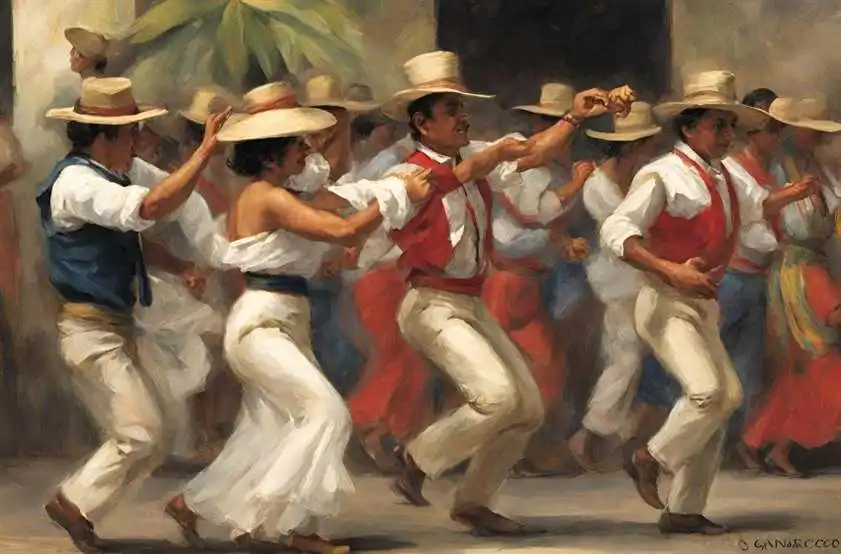

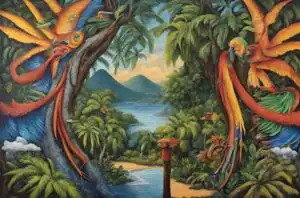
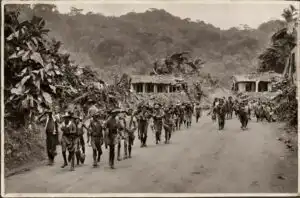
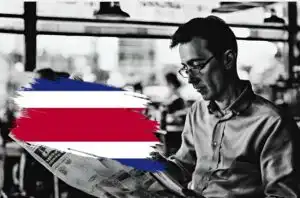


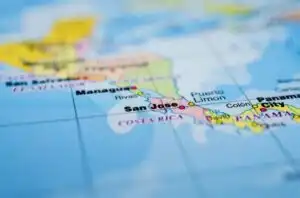


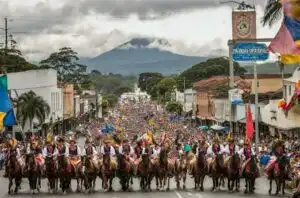




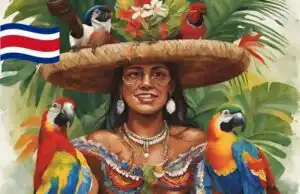
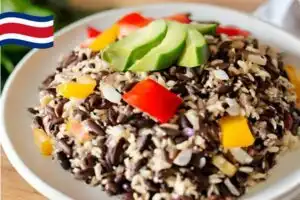

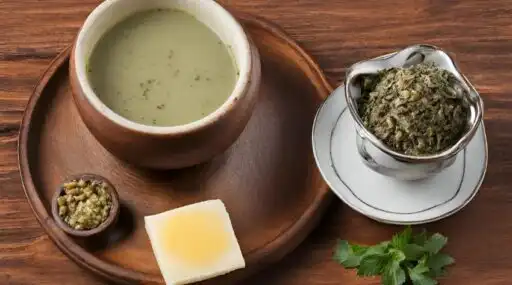
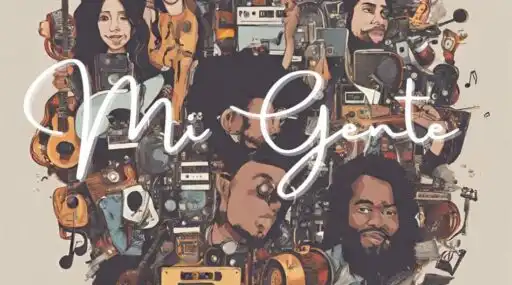
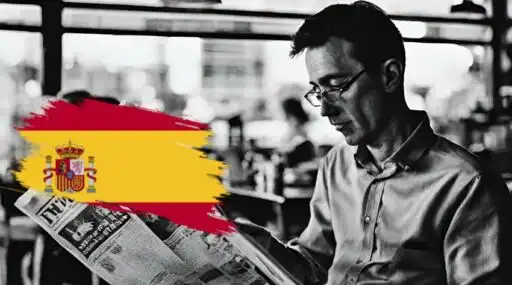
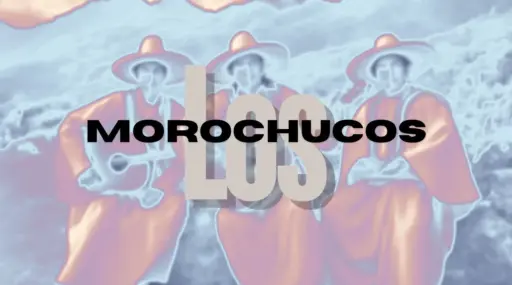


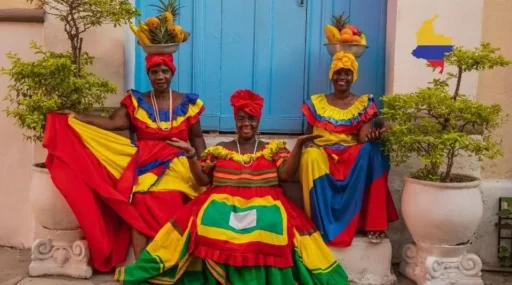



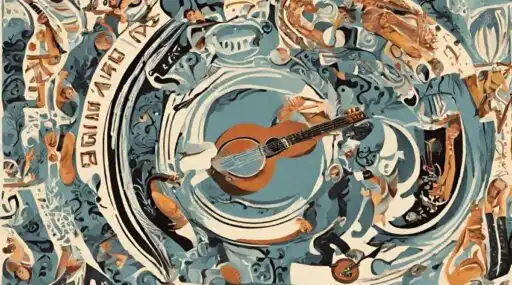
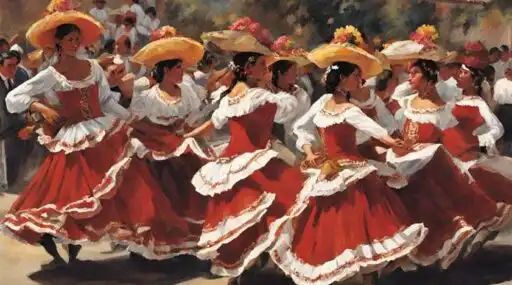

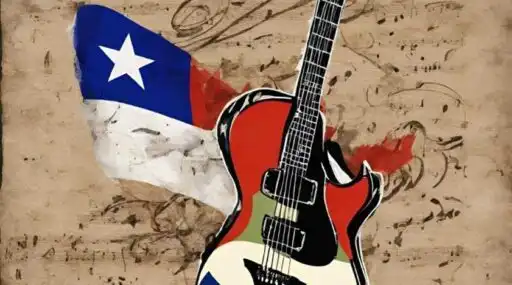


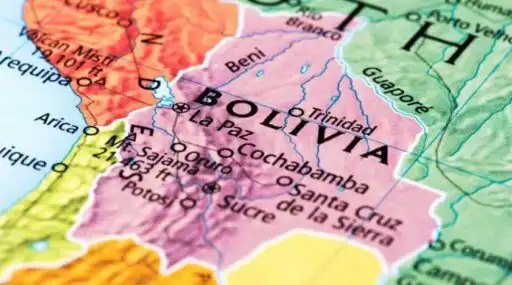
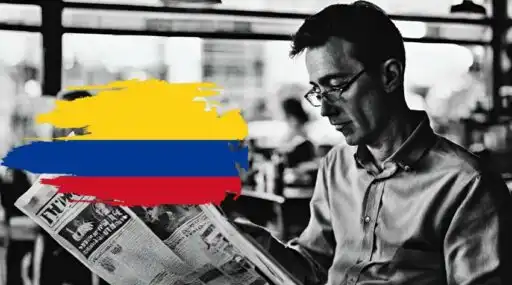

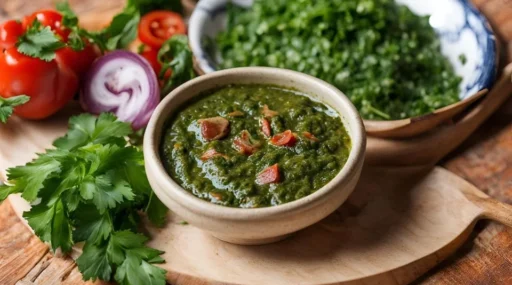
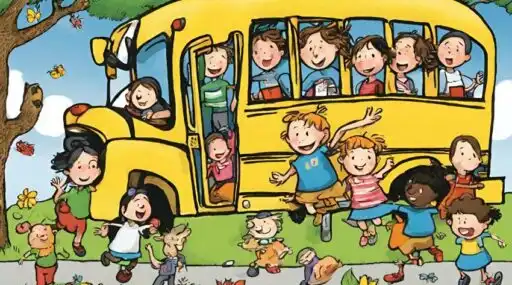
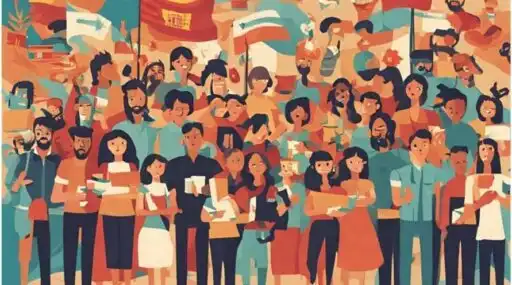
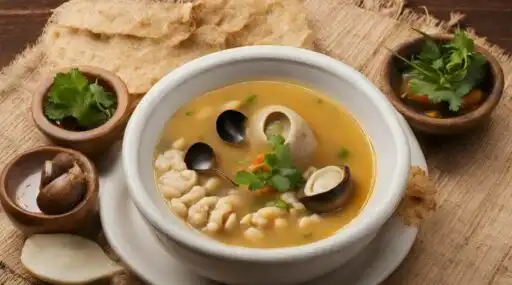





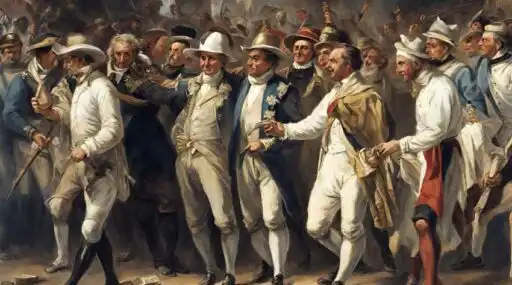
Leave a Reply